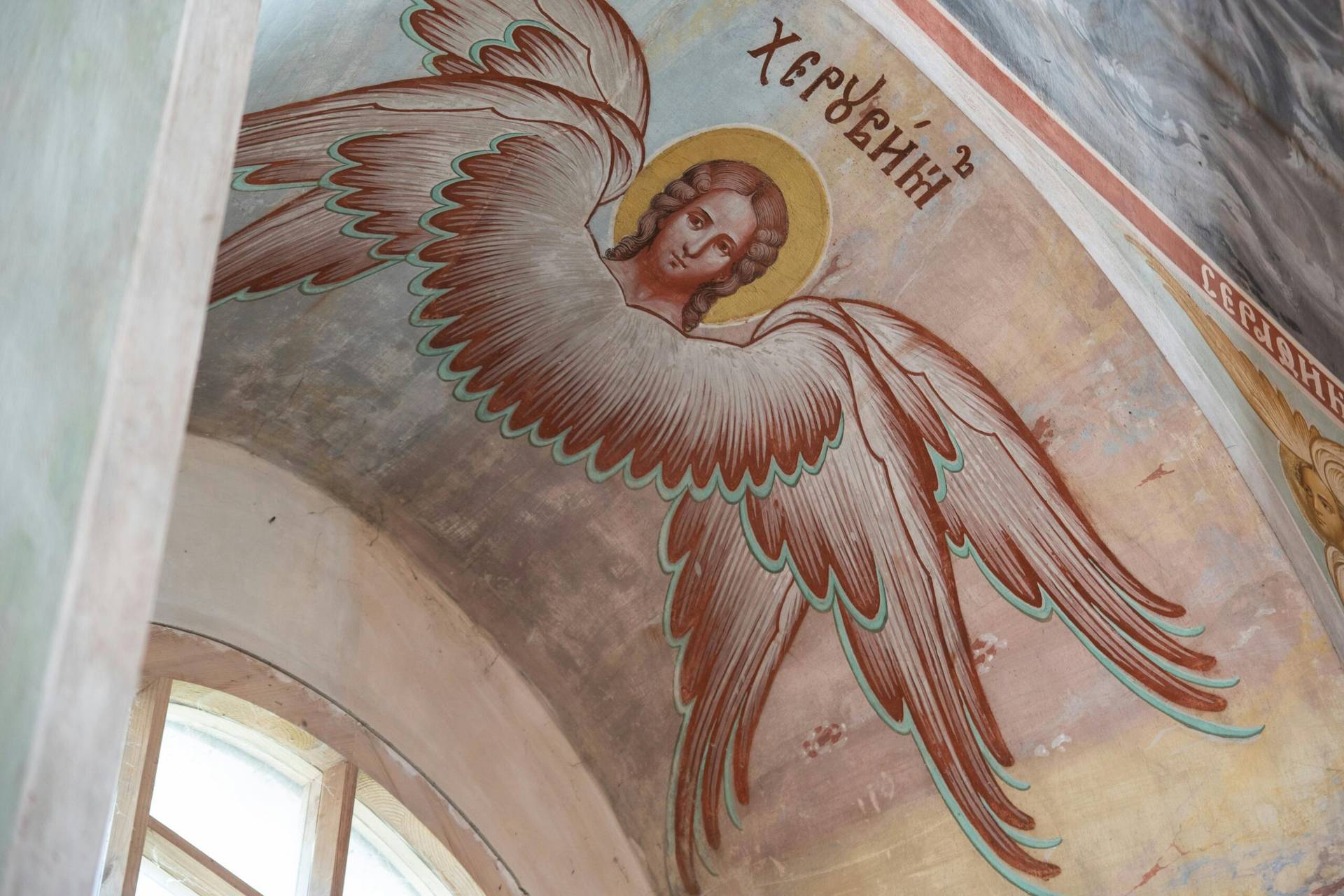The history of Europe shows how anti-Semitism continues to rear its ugly head, and too often the Catholic Church is blamed for leading the charge. While it is true that many Catholics were anti-Semitic, it is not true that the church was officially anti-Semitic.
St. Augustine taught that the Jews must be protected for their ability to explain the Old Testament and at the end of the sixth century Pope Gregory the Great brought Augustine’s teachings into Roman Law, with a Papal Bull specifying that, although the Jews had not accepted salvation through Christ, Christians were nevertheless duty-bound to protect the Jews as an important part of Christian civilization.
While anti-Semitism was widespread, no fewer than nineteen popes between the twelfth and fifteenth centuries issued bulls protecting the Jews. and their property. Nevertheless, the history of Catholics and Jews continued to be checkered.
The history reached a climax during the Nazi persecution of the Jews with Pope Pius XII protecting them to the best of his ability. Nostra Aetate — the document of the Second Vatican Council that addressed the church’s relationship to other religions — affirmed the formal Catholic teaching rejecting all forms of anti-Semitism saying,
Furthermore, in her rejection of every persecution against any man, the Church, mindful of the patrimony she shares with the Jews and moved not by political reasons but by the Gospel’s spiritual love, decries hatred, persecutions, displays of anti-Semitism, directed against Jews at any time and by anyone.
One of the ways to best address anti-Semitism is to undermine the ignorance on which it is based. It is vital to understand the Jewish foundation of the Catholic faith. As Pope St John Paul II said, “The Jews are our older brothers in the faith.”
One of the great advances in New Testament scholarship over the last few decades has been a fresh understanding of the importance of first century Judaism not only on the life and ministry of Jesus, but also on the history of the early church.
Practically every aspect of the Catholic faith and practice is rooted in Judaism. A good example is this week’s feast of Pentecost. Catholics celebrate Pentecost as the descent of the Holy Spirit and the “birthday of the church.” But there is much more to it than that.
The word “Pentecost” comes from the Greek for “the fiftieth day.” Therefore, in the church calendar it comes fifty days after Easter. (including Easter Sunday itself) This celebration of the “fiftieth day” links back to the Jewish festival of Shavuot or the Festival of Weeks, which falls fifty days after Passover.
The fifty days are significant because seven is the perfect number and there are seven weeks of seven days. (49 plus Easter/Passover itself) According to the Jewish-Christian cosmology, God created the world in seven days. Seven weeks of seven days is therefore the symbol of completion and perfection.
The Christians understood this symbolic timekeeping as the fulfillment of the previous age and the beginning of a new dispensation.
The Jewish Festival of Weeks was kept as a commemoration of Moses receiving the Divine Law on Sinai. The Christians understood that as the law came down from heaven to Moses for the people of God, so the Holy Spirit came down on the church. The age of the Mosaic Law was therefore fulfilled and completed by the new age of Spirit and Grace.
There is also a Jewish tradition that King David was born and died on the Festival of Weeks. It is no surprise therefore, that when he was preaching at Pentecost (Acts 2:14-39) St. Peter connected the life, death, and resurrection of Jesus to King David’s death, burial and hope for life after death. For Peter, Jesus was the Son of David. Therefore Christ’s life was a fulfillment of the entire Old Testament.
Finally, there was an agricultural aspect to the Festival of Weeks. The beginning of summer was also the time of the first harvest of wheat. The Christians saw the symbolism here too. The paschal cycle was completed. The seeds that Christ had planted had come to fruition and the harvest was ready.
Jesus himself had used this very imagery when inspiring his disciples: “Do you not say, ‘In four months the harvest will be here’? I tell you, look up and see the fields are already ripe for the harvest.” (Jn. 4:35)
Pentecost therefore became the time when the apostles rolled up their sleeves and began the work of “harvesting” souls for Christ’s kingdom.
One of the most important aspects of Catholicism is its stability and historic continuity. We see this most often in the two thousand year history of the Catholic faith and its foundation in the Roman Empire.
However, understanding the Jewish roots of Catholicism, takes one back even further into the most ancient religious traditions of humanity.

















